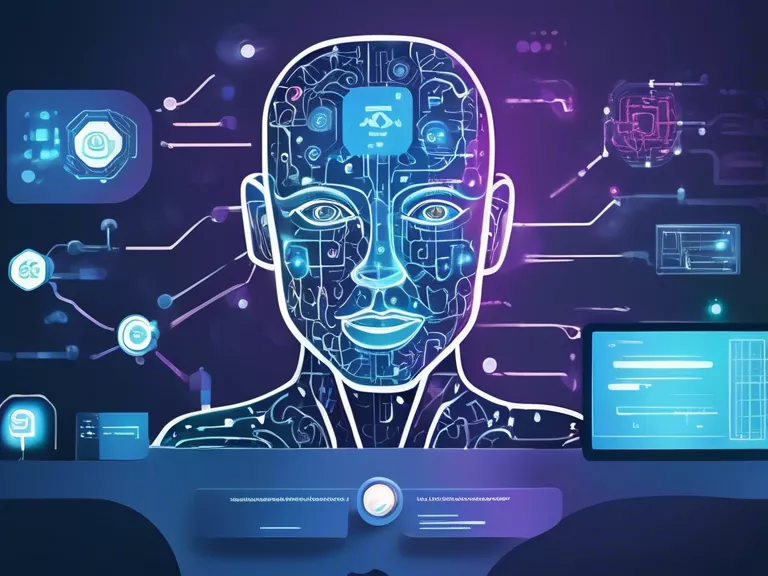
Learning analytics have emerged as a valuable tool for educators to assess students' learning progress and identify any gaps that may exist. By utilizing data-driven insights, teachers can tailor their instruction to meet the specific needs of each student, ultimately improving academic outcomes. This article explores how learning analytics are revolutionizing the way educators approach teaching and learning.
One of the key advantages of learning analytics is the ability to track student performance in real-time. By analyzing data from assessments, quizzes, and other learning activities, educators can quickly identify areas where students may be struggling. This insight allows teachers to intervene early and provide additional support to help students overcome any learning gaps.
Furthermore, learning analytics provide educators with a comprehensive view of each student's learning journey. By examining patterns in student data, teachers can gain a deeper understanding of individual strengths and weaknesses. This personalized approach to learning enables educators to create targeted interventions that address specific learning gaps and promote student success.
In addition to helping educators identify learning gaps, learning analytics also enable teachers to monitor the effectiveness of their instructional strategies. By analyzing student engagement and performance data, educators can determine which teaching methods are most effective and make adjustments as needed. This data-driven approach to instruction ensures that educators are continuously improving their practices to better support student learning.
Overall, learning analytics are transforming the education landscape by empowering educators to make informed decisions based on data. By leveraging the power of analytics, teachers can identify and address learning gaps, personalize instruction, and improve student outcomes. As technology continues to advance, learning analytics will play an increasingly important role in shaping the future of education.



